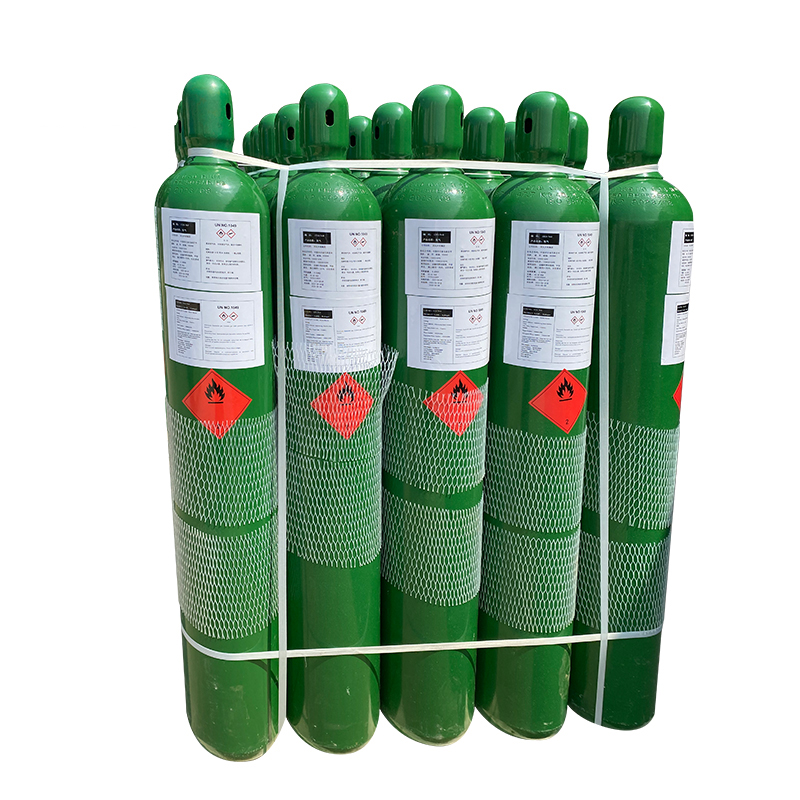First, let's look at science. Helium is the second lightest element and has high thermal and electrical conductivity. This makes it an important material with a wide range of applications in refrigeration and superconducting magnet technology. For example, large amounts of liquid helium are used in magnetic resonance imaging (MRI) equipment to cool superconducting coils. In addition, because of its low density and non-reactive nature, helium is widely used as an inert environment in detectors and sensitive instruments.

In addition to science, helium is often used in industry. For example, the use of inert gases in the welding process can effectively protect the metal surface from impurities contained in the air and improve the quality of welding. In aerospace, liquid helium is often used to cool equipment such as rocket engines.

Helium is also widely used in the medical industry. Because of its low density and high compressibility, helium is widely used in respiratory therapy to help patients breathe easier. In addition, it is also used in medical fields such as ultrasound diagnosis and eye surgery.

Although helium has important applications in many fields, it is important to note that it is not an infinite supply of resources. At present, the global demand for helium is increasing rapidly, but its supply is very limited. This means we need to use this precious element more carefully and find alternatives to meet our growing needs.
In short, helium is not one of the most common elements, but it has a wide range of applications in science, industry, and medicine. As a scarce resource, we need to use it more carefully and find alternatives to meet the growing demand. In addition to the applications mentioned above, helium has some other special uses. For example, the use of helium mixtures in diving can reduce the physiological response of divers in the deep-sea environment, thus extending their stay underwater. Helium is also widely used in balloons and airships because it is much lighter than air and can provide better buoyancy.

However, it is important to note that although helium is a very stable and inert element, it is not completely safe and harmless. If pure helium is inhaled in large quantities, it can lead to dangerous conditions such as hypoxia and suffocation. Therefore, proper safety procedures must be followed when using helium.
Finally, we need to realize that protecting the environment and resources is a responsibility that each of us should take on. While the global demand for helium is currently increasing, we also need to find alternatives to reduce our dependence on this scarce resource and take steps to protect the natural environment and Earth's resources. For example, we can reduce waste by improving the recovery and utilization of helium. At the same time, new materials and technologies can be developed to replace the use of helium in some fields. In addition, we should strengthen the awareness of environmental protection and reduce the over-exploitation and pollution of natural resources.
In short, although helium has important applications in many fields, it is also a scarce resource. We need to use it more carefully and find alternatives to meet the growing demand. At the same time, we also need to take responsibility to protect the environment and resources, and leave a better home for future generations.
Chat Online









